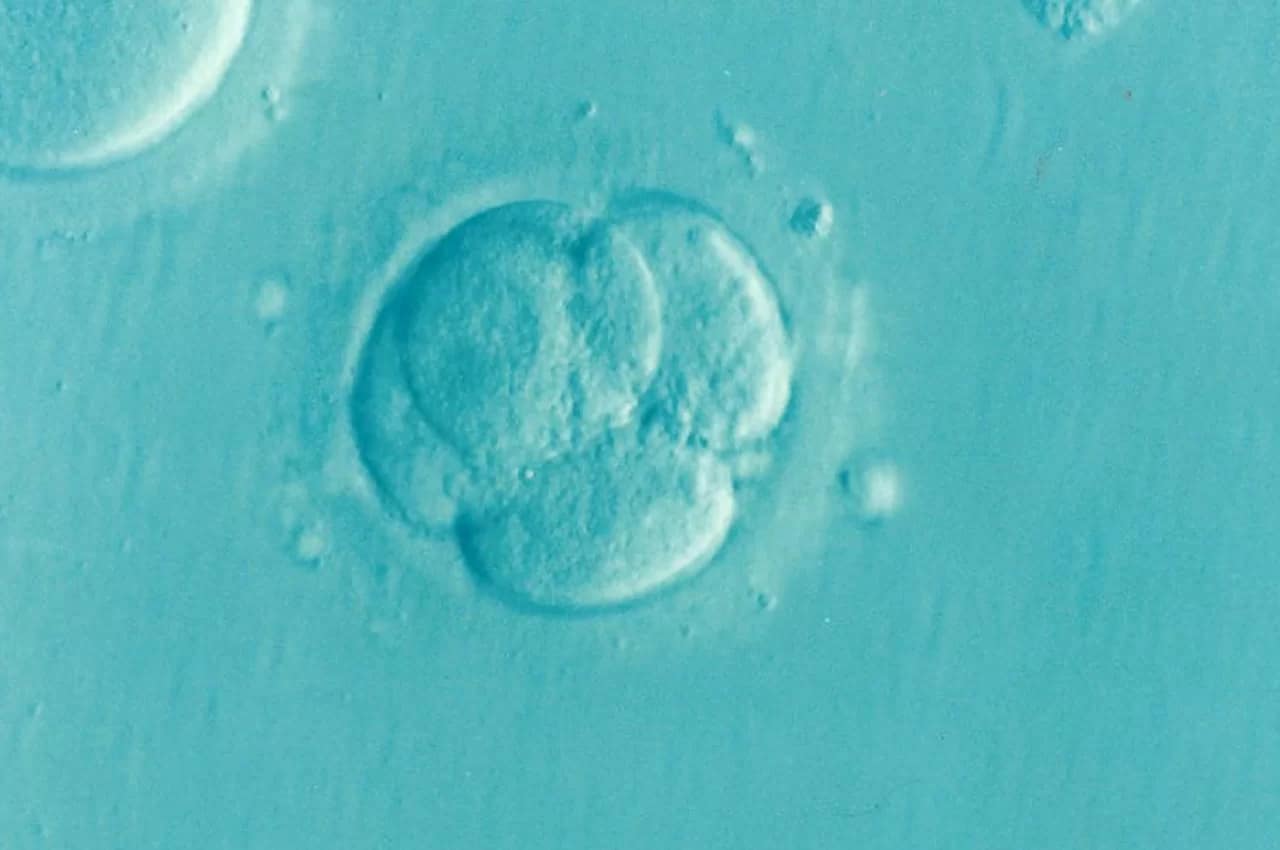The objective of infertility treatment should be the birth of a single, healthy child. Many of the treatment options presented to infertile couples, however, are associated with high risks of multiple gestations. Moreover, many couples view multiple gestations as desirable and are unaware of the risks they pose to both mother and babies. Couples should understand these potential risks before starting treatment.
The ability to limit the number of embryos transferred is an effective approach to limit multiple pregnancies. The Society for Assisted Reproductive Technology (SART) and the American Society for Reproductive Medicine (ASRM) has published guidelines recommending an optimal number of embryos for transfer based on patient age, embryo quality, and other criteria.
The ultimate goal is to achieve a high pregnancy rate while transferring a single embryo. Recent laboratory improvements have allowed programs to transfer two embryos while maintaining acceptable pregnancy rates. Eventually, the transfer of one embryo will resolve the issues surrounding multiple pregnancies.
Some clinics see more than the average number of patients with difficult infertility problems. Some clinics are willing to offer ART to most potential users, even those who have a low probability of success. Others discourage such patients or encourage them to use donor eggs, a practice that results in higher success rates among older women. Clinics that accept a higher percentage of women who previously have had multiple unsuccessful ART cycles will generally have lower success rates than clinics that do not. In contrast, clinics that offer ART procedures to patients who might have become pregnant with less technologically advanced treatment will have higher success rates than clinics that do not.
Source: The Society for Assisted Reproductive Technology





